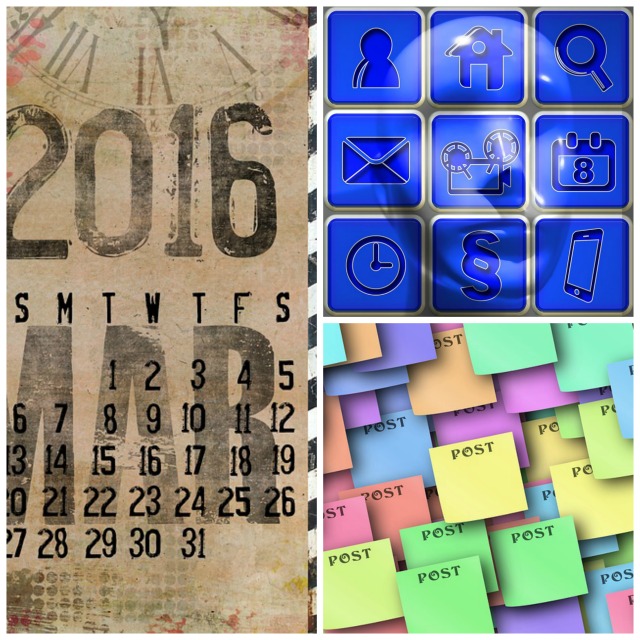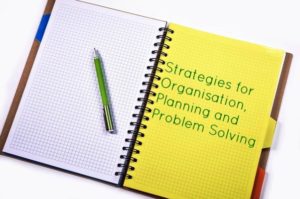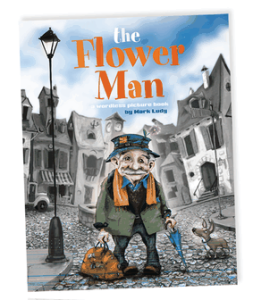Today in the final of a series about Memory – a list of memory strategies after brain injury. A whole lot of ideas that might help begin to address memory loss after brain injury.
You will need to work out which ones are likely to help. What works will change from person to person depending on the areas of memory affected. 
I can make a big list of strategies look simple. I can make a big list look easy. The reality is hard work, patience and tweeking to make the strategy fit lifestyle and circumstances.
The important thing is to find strategies that best address the particular areas of memory loss while using the least amount of energy. Think of it like a bank account with limited funds – you want to take care of the money (brain energy) that is available and use it for what you need most.
The following memory strategies use the broad strategy headings from last week’s article Planning Succesful Strategies For Memory Loss After Brain Injury.
A note about electronic and technical aids as the new helpers:
New technology and aids are constantly being developed. Not too long ago a Pager sending reminder messages was revolutionary. Now we have Smart-phones, laptops, tablets, watches, computer software and apps to help with all kinds of tasks. Keep a look out for new and helpful technologies but remember it needs to help – not increase the struggle.
It would be great to share helpful aids you have found. Please add them in the Comments below
Reduce the need to think:
Create External Memory Aids:
Find a diary system that works for you – smart phone, annual planner, wall calendar, hard copy diary, appointment book, personal assistant, calendar app, electronic organizer, daily planner, family or support person.
Make the diary work – find the layout and size that suits. If the perfect diary can’t be found add your own tweeks to it. Whatever is needed: a page for notes, a space for To do lists, a place to record memories – whatever works.
Work on finding reminder device/s that suit age, stage and lifestyle – phone calls, alarms, timer on a watch, pager, phone apps, other people, writing information down, instant messaging, writing on your hand – yes if that works many of us have done it at some time.
Add detail to address / contact list to help recognition and memory – additional details such as where the person fits in, relationship, a photo.
Use organising aids – written labels, checklists, colour coding, sticky notes, notice board, white boards, organizing systems, storage systems.
Planning tools
Find out what works for you and stick to it. Use the style of planning that suits lifestyle and what is familiar it might be written or computer based – mind mapping, excel spreadsheet, computer planning software, phone apps, wall planner.
Find ways to help recall information
Recording on phone or tape, writing notes, assisting recall with prompts: another person prompting or giving information, using photographs or visual signs.
Leave something in an unusual place to prompt action. Leaving a sign on the steering wheel to remember to get petrol. Putting an empty packet in your bag to remind you to pick up that item when shopping.
Chunk or group information in a useful way- morning routine tasks, a list for what to take to school and school routine.
Investigate safety reminders:
Appliances with timers, alarms, automatic cut off switches e.g. heater, irons. Signs with visual warning reminders, smart watches and phone alarms.
Consider the wide range of media forms available:
Think about how photographs could help. Especially now with cameras in our phones often with us wherever we go – take a snapshot of instructions, timetables, maps, people. Of whatever you need to remember.
Creative use of the many forms of social media to remember, to prompt and to recall. This diagram developed in 2008 shows the many, many forms of social media available

Be Super Organised
Being organized and consistent can save time and energy. It can help energy, concentration, and paying attention because you are not trying to find things, or remember where they are. Strategies might include:
Practice regular ‘remembering’ routines – checking the after every meal, using phone apps at regular intervals, looking at the calendar when you get up in the morning . Whatever method of remembering is being used – practice, practice, practice using it.
Plan as much of each day as possible – beforehand.
A place for everything and everything in its place! Keep items that you frequently need, such as keys, wallet, diary, glasses always in the same place – all the time, every time.
Put things back where you find them.
Use your preferred planning and reminder tools to keep track of appointments, due dates for bills, birthdays and other time related tasks.
Keep all phone numbers and addresses in one place; an address book, your computer contacts, phone address book – and make sure there is a backup regularly.
Check out new ways to organize information – what might be useful. Bullet journaling is a relatively new way to organize information and remember things xxx
Experiment with ways to record notes on more complex material such as school study. Organize the notes into categories you can use later.
Think about how best to organize things like shopping trips. Making lists. Grouping things together. It may even be helpful to map the supermarket and organize lists for each aisle.
Pay Attention to Attention
Once we understand that attention is important to learning xxx and memory xxx we can understand strategies to improve attention are important:
Say No to multitasking – increasingly evidence shows it is not all it is cracked up to be. Focus on one thing at a time.
Reduce distractions around you – ideally find a quiet, uninterrupted place with minimal activity and decoration around to distract from the task or information xxx
Work out how remembering and learning happens best for you. Tailor the way you receive information to what works best – e.g. by seeing, hearing, doing, touching:
Try and have information presented in the way you remember best – e.g. if you are better hearing information record notes to playback later. If you learn better by seeing – is video available. YouTube can provide a wealth of visual information.
Where possible it might help to use what sense works best and one more to help it work: hearing and writing information down, reading information aloud, listening to instruction then doing.
Take time to pay attention – not only when getting information also allow some quiet time afterwards. Do you know that saying about “sinking in” – well yes the brain can benefit from time for information to “sink in”.
Use a Memory Trick or Two
It might help to use either or both words and pictures in remembering and learning information.
Relate information to what you already know. Help your brain hook up new information to what you already remember- I remember things about the brain from primary school Or does it link to something familiar – your name is the same as my son.
Rehearse, repeat, review – over and over.
Sometimes – and only sometimes for some people – Mneumonics might help. Mneumonics is where you link one thing to remind you of another. A picture, rhyme, acronym, action or emotion that reminds you to do something, or recall information. Some are quite complex others simple associations – a red flag reminds me to turn the iron off. The sentence Every Good Boy Deserves Fruit – reminds me of the order of notes on a musical scale.
People Power
Other people might help with memory strategies after brain injury and remembering. People could assist by:
[unordered_list style=”tick”]
- Not saying things like: “I already told you that” or “Don’t you remember …”
- Patience and remembering it is the brain injury. It is not lazy, it is not deliberate forgetting.
- Encourage and support the person to ask, when they do not remember information.
- Repeat information as often as is necessary.
- Build on what the person has discovered helps prompt memory for them.
- Try and establish how memory is affected and use specific strategies to respond: e.g. if verbal memory is a problem then try using visual cues.
- Where possible prompt the person to try and recall before giving the information.
- Use prompts and questions to practice and promote memory and recall.
- Assist where needed to research, plan and utilize any memory support.
- Research memory aids that fit with the person’s age and lifestyle (e.g. high technology use versus low technology).
- Support, educate and encourage correct use of any memory aids.Help develop structure & regular routines to reduce the demands on memory.
[/unordered_list]
Reduce Fatigue
Know your limits and act before cognitive fatigue is an issue. Fatigue can make all other functions worse. For more tips see ‘I’m So Tired My Brain Hurts’ for more.
Manage and minimize stress
Notice what creates stress and when it occurs. Strategies that addresses stress before it happens are best but it may also be necessary to have strategies for when stress overpowers memory. For more about meditation and mindfulness
Live a healthy lifestyle
Eat well, regular exercise, adequate sleep, eliminate or minimize substances harmful to the brain such as alcohol and smoking.
Keep the brain active
A use it or lose it! approach
And Finally
Don’t be afraid to be creative. Modify, change and make whatever tools, strategies, aids you use work for you.
And in case you have found all these words over the past weeks just tooooooooooo much – this Infographic is a nice summary of our memory How Memory Works


